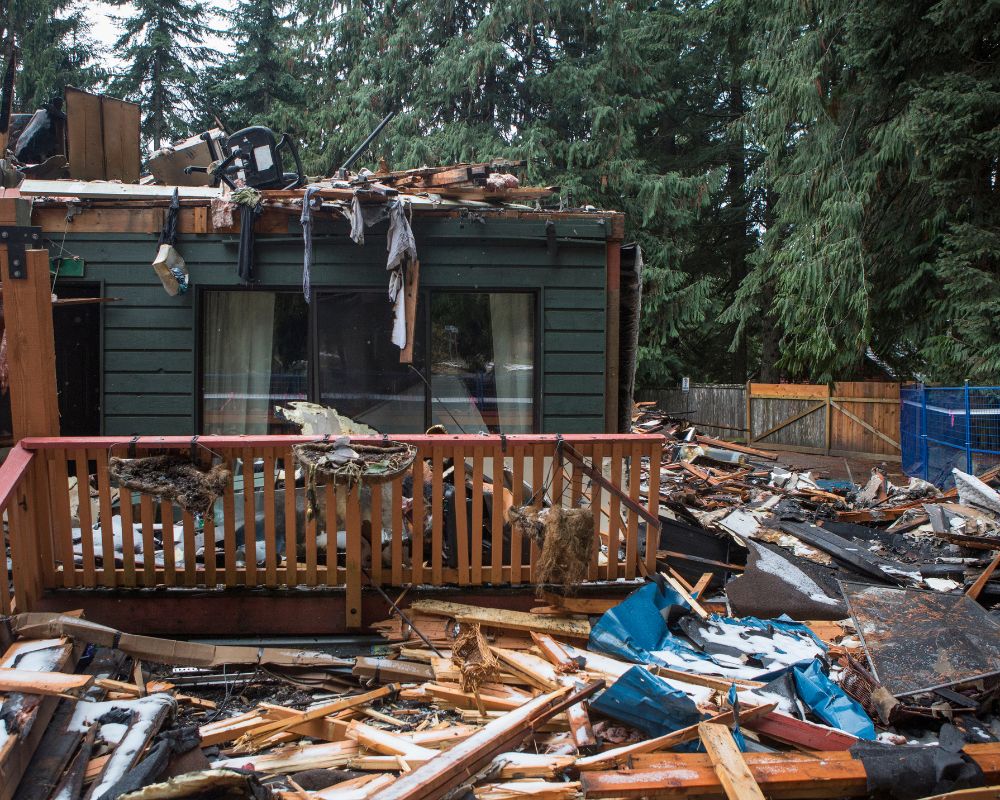Unexpected disasters can happen anywhere, causing damage to your home and personal property. Before the Tax Cuts and Jobs Act (TCJA), eligible casualty loss victims could claim a deduction on their tax returns. But restrictions make it tougher to qualify for these deductions.
What’s considered a casualty for tax purposes? It’s a sudden, unexpected or unusual event, such as a hurricane, tornado, flood, earthquake, fire, act of vandalism or terrorist attack.
Higher hurdles to qualify
The TCJA generally eliminates deductions for personal casualty losses through 2025, unless the losses are due to a federally declared disaster.
There is an exception to the general rule, however: If you receive insurance proceeds that result in a personal casualty gain, you can deduct personal casualty losses up to the amount of the gain, even without a federal disaster declaration.
Special election
If your casualty loss is due to a federally declared disaster, a special election allows you to deduct the loss on your tax return for the preceding year and claim a refund. If you’ve already filed your tax return for that year, you may file an amended return and elect to claim the deduction for the earlier year. This may help you get extra cash when you need it.
The election must be made no later than six months after the due date (without extensions) for filing your tax return for the year in which the disaster occurs. However, the election itself must be made on an original or amended return for the preceding year.
Calculating the deduction
These three steps must be taken to calculate the casualty loss deduction for personal-use property in an area declared a federal disaster:
1. Subtract any insurance proceeds,
2. Subtract $100 per casualty event, and
3. Combine the results from steps 1 and 2, then subtract 10% of your adjusted gross income for the year you claim the loss deduction.
Be aware that another factor that complicates your ability to claim a casualty loss is that you must itemize deductions to do so. The TCJA significantly raised the standard deduction through 2025. For 2022, it is $12,950 for single filers, $19,400 for heads of household and $25,900 for married couples filing jointly. A higher standard deduction means fewer individuals will itemize deductions. So, even if you qualify for a casualty loss deduction, you might not see a tax benefit if you don’t have enough itemized deductions.
Contact us
The rules described here are for personal property. Keep in mind, the rules for business or income-producing property are different. It’s easier to secure a business property casualty loss deduction. If you’re a victim of a disaster (business or personal), we can help you navigate the complex rules.

